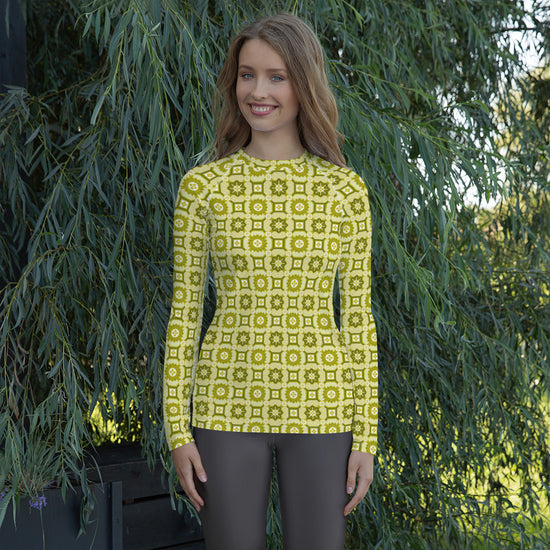Weaving the traditional beauty of Kyoto
-
Historical background
In Kyoto, the technological roots of traditional industries can be traced back 1,200 years ago to the Heian period, when the imperial court began producing "tools necessary for politics and ceremonies, tools for demonstrating authority, and daily utensils for the ruling class". As time went by, the industry became a production center that produced crafts for the wealthy throughout Japan using raw materials imported from the provinces with techniques and sensitivities backed by the history of the Heian period and beyond, and then it blossomed as an elegant culture unique to Japan, as seen in various picture scrolls.
-

-
Traditional design
In Kyoto, a large number of traditional crafts are still being produced and play a role in supporting the daily lives of not only the citizens of Kyoto, but also of the rest of the nation. Kyoto is one of the few cities in the world to have such a wide variety of traditional industries. In particular, the designs of Nishijin textiles, Kyo Yuzen, Kyo-yaki and Kiyomizu-yaki ceramics, and lacquerware, such as "Kissho patterns," have been handed down to the present day while making the most of the materials used in each type of product.
-

-
Crisis of Tradition
However, since traditional industries are basically a production system based on orders received, and since the processing is mainly done by hand, it is difficult to ensure stable production. Demand has been stagnant due to the consumption slump following the collapse of the bubble economy, and production has been in a critical condition in recent years due to intensifying price competition caused by the influx of foreign products due to economic globalization and other issues such as the younger generation's shift away from kimonos, resulting in a sharp decline in production.
-

-
To the future, to the world
While wearing kimono and being familiar with traditional crafts are becoming less and less a part of our daily lives, we would like to spread the opportunity to feel more familiar with traditional designs that have a long history and high cultural value, and are elegant, delicate and tasteful, by incorporating them into clothing and other products around us, thereby weaving them into the future and into the world.
-





